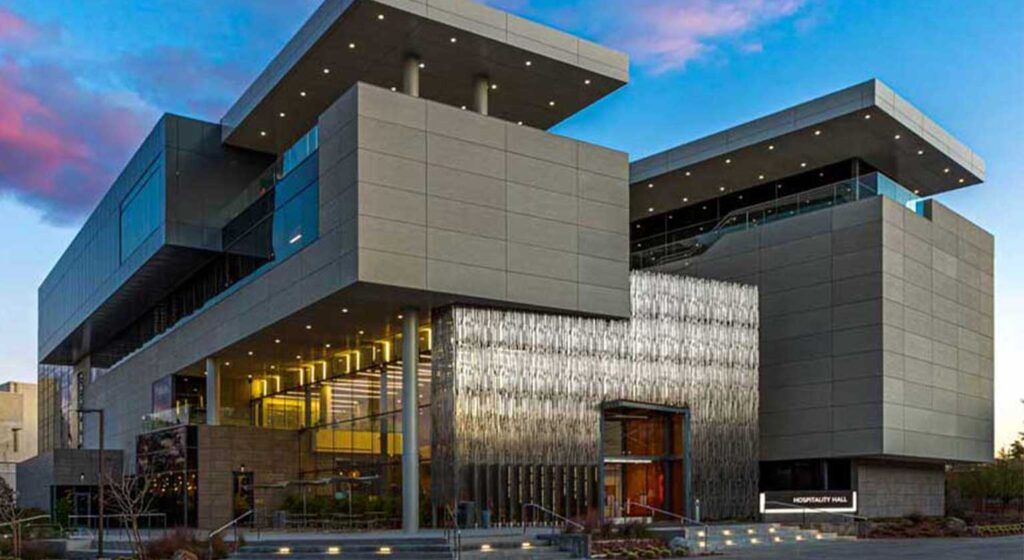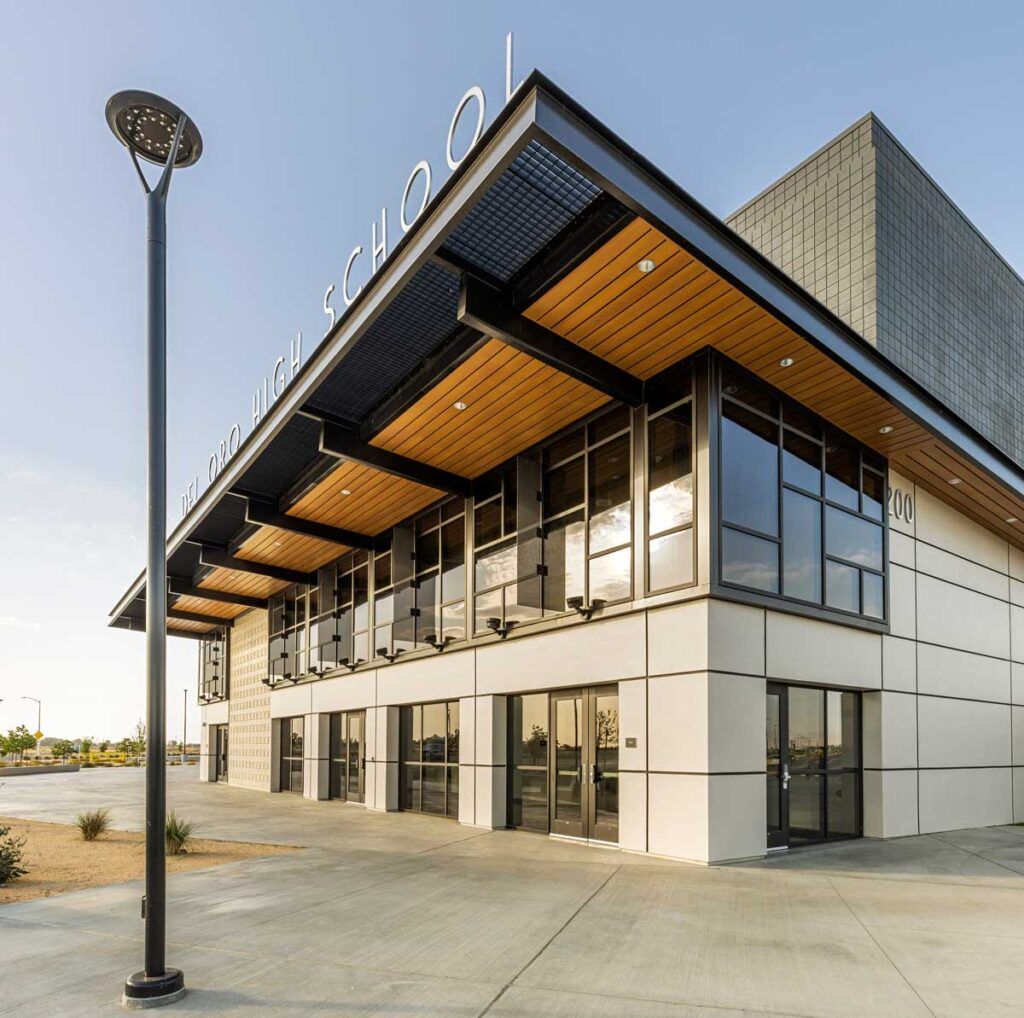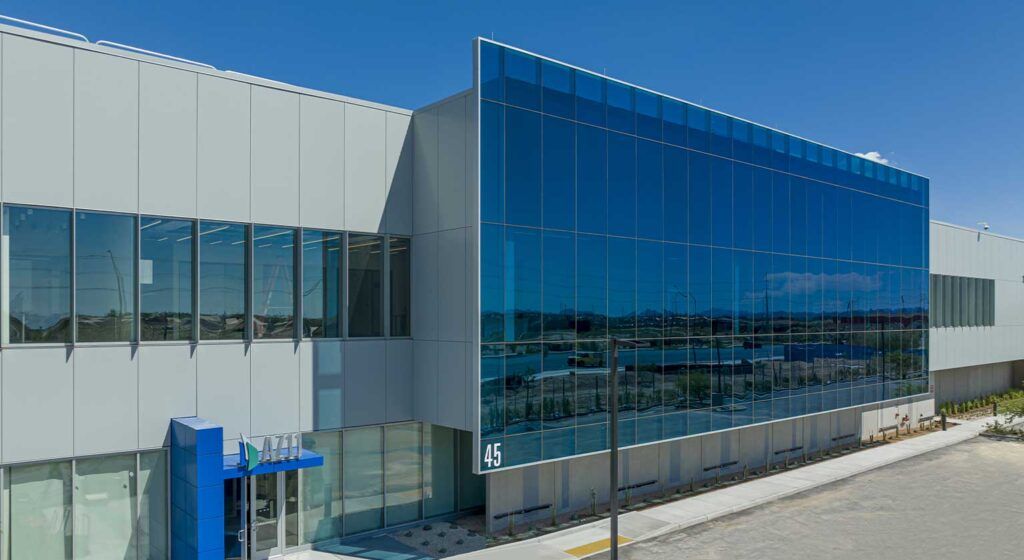
It’s typically the design and visual aesthetic that initially capture people’s attention when they first see a new building. The exterior of a structure, its architectural style, and overall design all play a crucial role in making a strong first impression. Factors such as the use of unique design elements, materials and textures, scale, proportion, and lighting all help to make a building envelope design visually appealing.
Yet within an eye-catching exterior façade, there may exist any number of elements that enhance the functionality and energy efficiency of a building envelope. Moreover, many agree that embedding these elements within the building envelope design should be a starting point; and that it’s critical to rank practical performance factors above any element(s) chosen for visual appeal alone. Building exteriors can be attention-grabbing while still performing at peak efficiency – and that should always be the design objective.
Factors that Impact a Building Envelope’s Functionality and Efficiency
Many factors of a building’s exterior can impact its overall energy efficiency and functionality.
- Orientation and Building Placement:
- The orientation of a building relative to the sun and prevailing winds can affect natural daylighting, solar heat gain, and passive solar heating opportunities.
- Proper building placement can maximize or minimize exposure to environmental elements, impacting energy demand for heating, cooling, and lighting.
- Window Placement and Size:
- The location, size, and type of fenestration and glass can significantly influence daylighting and energy efficiency.
- South-facing windows can maximize passive solar heating, while north-facing windows may minimize unwanted heat gain.
- The use of high-performance, energy-efficient windows with thermally broken framing will improve U Value.
- The use of argon and other gases in an insulated glass airspace will improve the U value of the insulated glass unit.
- The use of low-E2 coatings on glass can reduce heat transfer and improve building thermal performance.
- Shading and Overhangs:
- Exterior shading elements such as vertical and horizontal sunshades, decorative louvers and grills, glass frits, and other treatments can help mitigate solar heat gain during hot months while allowing heat gain during colder periods. [Reference Giroux article: Creative use and functional benefits of window louvers]
- Overhangs can protect windows from direct sunlight while permitting natural light to enter the building.
- Exterior Wall Materials and Insulation:
- The choice of exterior wall materials and insulation levels significantly affects energy efficiency.
- The window-to-wall ratio impacts overall building envelope values and in many cases is prescriptive by code for various building types.
- Thermafiber insulation is a glazing system that can reduce heat transfer through opaque areas.
- Roof Design:
- Roof color and material can impact solar reflectance and emissivity, affecting how much heat is absorbed and radiated.
- Green roofs or cool roofs with reflective coatings can reduce heat gain and energy consumption.
- Solar Panels and Renewable Energy Integration:
- Consideration of exterior design elements like roof space or façades for the installation of solar panels or other renewable energy systems can enhance thermal efficiency.
- Exterior Awnings and Blinds:
- Adjustable shading devices, such as retractable awnings or exterior blinds, can allow occupants to control the amount of sunlight entering the building, improving comfort and energy efficiency.
- Exterior Ventilation and Airflow:
- Design features like operable windows, louvers, or vents can promote natural ventilation and reduce the reliance on mechanical HVAC systems.
- Compliance with Building Codes and Standards:
- Exterior design must adhere to local building codes and energy efficiency standards, which vary by location and authority.

Emerging Technologies
New trends and technologies continue to be introduced into facade design. On the glazing front, Smart Glass, glass that changes solar shading and glare is being incorporated into many applications including skylights, clerestory, amenity spaces, and as part of building control systems.
There has been a recent investment in Vacuum-insulated glazing. This slim assembly has numerous potential applications including retrofitting existing window systems to significantly improve U-value in existing non-code compliant installations.
Ventilated façades and double-skin façades more common in Europe currently can provide improved energy efficiency, provide outstanding acoustics, and incorporate moveable blinds to reduce glare.
New developments in chameleon paints provide designers with a new palette of finish and color options.
Digital printing applications on glass can provide simulations of other materials and bespoke appearances without having to integrate additional materials into the glazing system design, which can increase the likelihood of discontinuity of thermal and water barriers.
The use of different spandrel materials continues to embrace an array of options such as engineered stone, terra cotta, phenolic wood, and other composite options as the perception of window and curtainwall systems is being transformed.

Why Prioritize Performance and Energy Efficiency in Building Envelope Design
A building’s beauty can be significantly more than “skin deep.” The selection of the right materials and systems not only affects the visual appeal of a building but also its energy performance—and these goals can coexist in smart building envelope design, for many reasons.
- Energy efficiency:
- Energy costs: Selecting the right materials and systems will reduce energy consumption and save costs over the lifetime of the building.
- Environmental impact: High-performance and energy-efficient building designs will reduce greenhouse gas emissions, help to fight climate change, and meet sustainability goals.
- Comfort and Productivity:
- Indoor comfort: With planning and the right choices, efficient buildings will maintain consistent interior temperatures, making them healthier and more comfortable for building occupants.
- Comfortable indoor conditions can boost productivity, which is a key factor for businesses and companies.
- Long-term durability and resilience:
- Building’s lifespan: Energy-efficient building design can extend the lifespan of a building by reducing wear and tear on structural components and its HVAC system.
- Maintenance costs: High-performing buildings can decrease overall maintenance costs, with fewer issues caused by moisture infiltration and temperature fluctuations.
- Energy-efficient envelopes can enhance a building’s resilience to extreme weather events and reduce the risk of damage and costly repairs.
- Building Codes and Regulations:
- Many codes now require minimum levels of energy efficiency.
- Complying with these standards is often a legal requirement.
- Market Value and Attractiveness:
- Property value: Energy-efficient buildings tend to have higher market value due to reduced operational costs and increased demand from environmentally conscious buyers or tenants.
- Aesthetics: A visually appealing building can attract more attention and enhance its marketability.
- Environmental Responsibility:
- Sustainability: Sustainable building practices, including energy-efficient building envelopes, are essential for reducing a building’s overall environmental footprint.
- Compliance with green building certifications: Achieving certifications like LEED, BREEAM, or ENERGY STAR often requires a focus on energy efficiency and environmental performance.
- Return on Investment (ROI):
- Energy-efficient building envelopes typically have a favorable ROI over time, as the initial investment in higher-quality materials and design is offset by reduced operating costs and potential incentives or tax benefits.

Conclusion
Function and energy efficiency are critical factors in building envelope design. Planning for high performance and efficiency does not mean having to compromise on aesthetics; incorporating these performance features into an attractive design should come first — and is essential to ensure that the building meets the needs and expectations of its users and stakeholders.
Balancing these factors is the key to creating a high-performing and visually appealing building. Our glazing experts can guide you to make sure your project meets your desired aesthetic and performance goals. Contact Giroux Glass for more information or to get a quote.